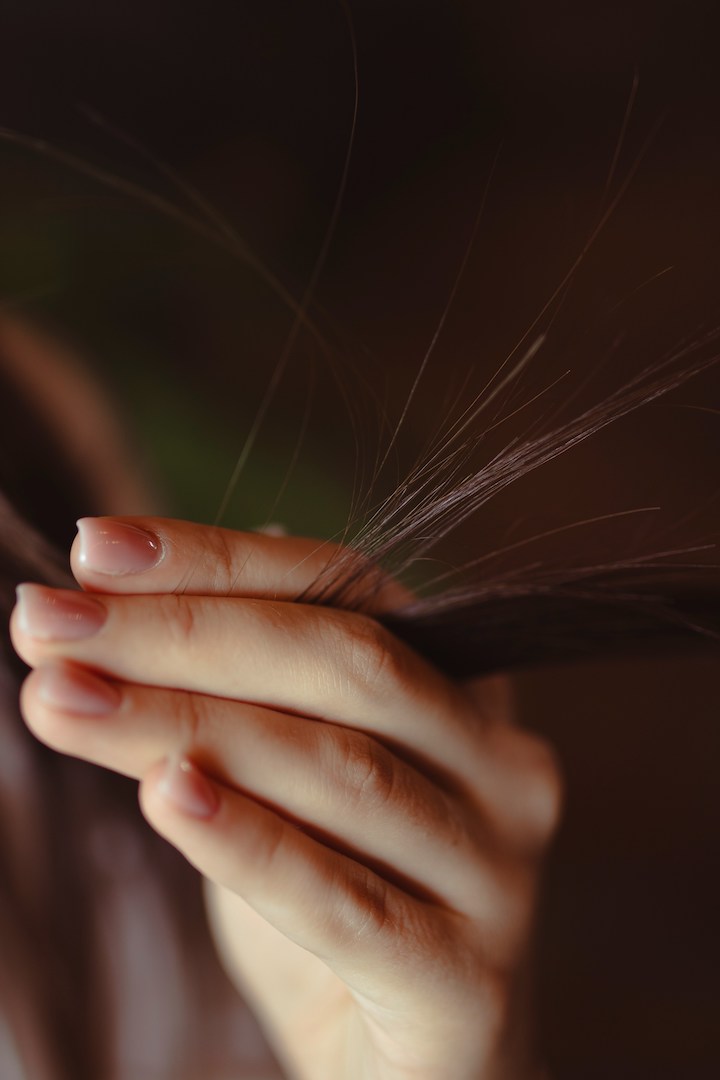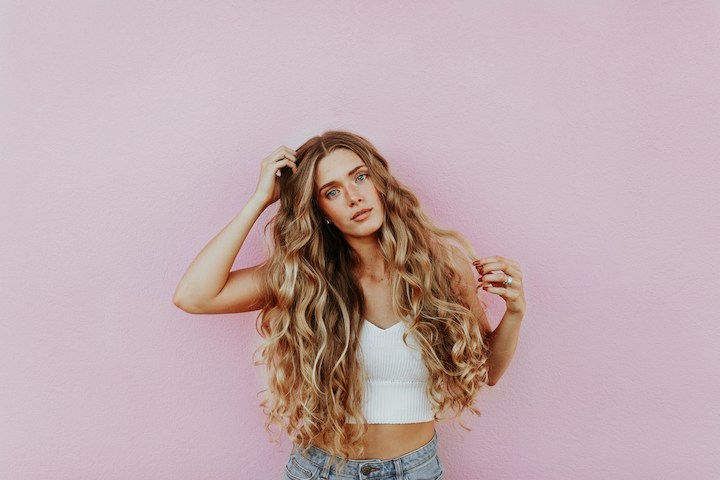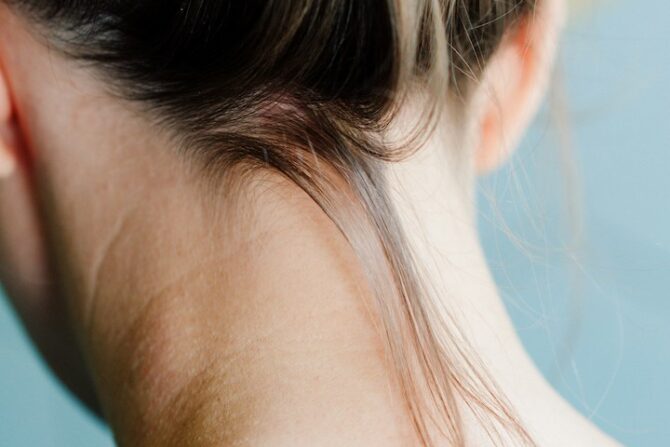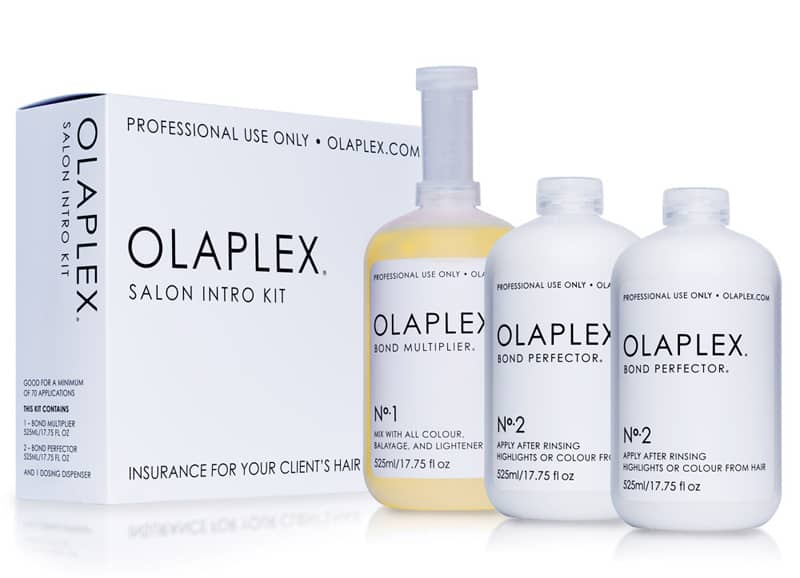Have you ever looked in the mirror and wondered why your hair color looks a little off — not bad exactly, just… different from what you expected? I’ve been there. The color looks fine one week, and then the next, there’s this odd yellow or orange tone that doesn’t feel right. That’s usually when I remember the quiet hero of hair care — toner.
If you’ve ever dyed your hair or lightened it, you’ve probably heard of toner before. It’s that step most people skip or forget about until they notice their color starting to fade or shift. But once you understand how toner works — and the different hair toner types out there — it’s almost like unlocking a little secret about keeping your hair color soft, balanced, and natural-looking.
I like to think of toners as peacekeepers. They don’t change your color completely; they calm it down, bringing it back into harmony. And honestly, learning how to use them felt like learning how to listen to my hair — noticing what it needs instead of forcing something new onto it.
Table of Contents
Key Takeaways
- Toner balances unwanted yellow, orange, or red tones in colored hair.
- The main hair toner types are purple, blue, and green — each neutralizes a specific undertone.
- Toners come in permanent, demi-permanent, and temporary forms.
- Choose toner based on your hair’s tone, color, and how long you want it to last.
- Gentle care and timing make toning easy and effective.
What Hair Toner Really Does
Before I started using toner, I used to think it was just another salon add-on — something fancy that didn’t make much difference. I couldn’t have been more wrong.
Here’s the thing: when you bleach or color your hair, you’re essentially lifting pigments out of it. And when you do that, there’s always a leftover undertone hiding underneath. It can be yellow, orange, or even red depending on your hair’s base color. That’s where toner comes in.
Toner doesn’t dye your hair; it simply balances those leftover tones. Think of it as a color filter for your hair. When I first lightened my hair, it came out more golden than I wanted. It wasn’t bad, but it looked too warm. My stylist applied a cool-toned toner afterward, and suddenly, the shade turned softer — like the warmth had been tucked neatly into place.
That’s what toner does. It fine-tunes your hair color so it looks intentional. And the magic part? It makes your hair shine. The right toner can make dull hair glow again, like you just stepped out of a salon even weeks later.

Main Hair Toner Types and Their Purpose
Here’s where it gets a little fun — because not all toners are the same. There are different hair toner types, and each one does something specific. If you’ve ever been confused about purple versus blue versus green toner, you’re not alone. I was too. Once I understood them, though, everything made sense.
1. Purple Toner
Purple toner is probably the most common and the one most people hear about first. It’s perfect for anyone with blonde, silver, or gray hair. It cancels out yellow tones — the kind that make blonde hair look brassy or dull.
I remember using purple shampoo for the first time after a few weeks of going blonde. My hair had started to look almost banana-yellow, and I panicked a bit. I used the shampoo, waited ten minutes, and when I rinsed, it felt like my hair had breathed out. The yellow was gone. It looked softer, calmer, more “me.”
If you’re blonde or have light highlights, purple toner is your best friend. It’s easy to use, and even a little goes a long way.
2. Blue Toner
Blue toner works on orange undertones, which usually appear in darker blondes or light brunettes. This toner cools down warmth that sneaks in after dyeing or fading.
When I tried to go lighter once, I ended up with this coppery-orange shade that didn’t feel right. My stylist used a blue-based toner to calm it down, and suddenly, my hair looked like the deep, neutral brown I’d wanted all along. It’s like blue toner gives your hair a quiet, earthy tone — natural and smooth without harshness.
3. Green Toner
Green toner doesn’t get as much attention, but it’s so helpful if your hair tends to turn reddish or too warm after coloring. It’s used mostly on brunettes or darker shades to cancel out red hues.
A friend of mine with naturally dark hair once tried a brown dye that came out way too warm. It almost looked auburn. Her colorist used a green toner afterward, and it cooled it beautifully, turning her hair into this deep, balanced brown that suited her skin tone perfectly.
Each of these hair toner types works like a balancing tool. They don’t transform — they restore. It’s about finding what your hair needs to look calm and even again.
Also Read: How To Use Hair Toner After Bleaching: Our Guide To Wella Charts & More
Permanent, Demi-Permanent, and Temporary Toners
Now, let’s talk about how long toners last — because not all are created equal. Some are strong and lasting, while others are softer and fade with each wash. I’ve tried almost every kind over the years, and honestly, they each have their own place.
Permanent Toners
These are the ones used in salons most often. They’re mixed with a developer and last the longest. They also make the biggest color shift. I only go for these when I’ve had a major dye job done — like going from dark to light — because they hold the tone steady for weeks.
Demi-Permanent Toners
These are my personal favorite. They’re gentle, deposit-only, and fade slowly over time. They don’t lift color, so they’re safer for already-colored hair. I love using these when I want to refresh my tone without damaging my hair. It’s like giving my color a spa day instead of a full renovation.
Temporary Toners
Then there are the quick fixes — shampoos, masks, and sprays that add a tint for a few washes. These are the easiest to use at home. Purple shampoo, for example, falls into this category. I keep one in my shower all year because it’s low effort and keeps my color balanced between salon visits.
If you like to keep your routine simple, temporary toners are a great way to start experimenting. You’ll know exactly what your hair responds to without committing long-term.
Choosing the Right Hair Toner Type for You
This is the part where it gets personal. Choosing the right toner isn’t about what’s trending — it’s about your hair’s unique tone and how you want it to feel.
Ask yourself:
- Does your hair turn brassy fast?
- Do you want cool or warm tones?
- Do you want something long-lasting or soft and temporary?
For example, if your hair always leans yellow after a few weeks, purple toner will save you. If it gets too orange, reach for blue. And if you’re fighting off those reddish hints, green toner is your calm in the storm.
I always tell friends to think about toner as mood-setting. Do you want your color to look bright and light, or deep and cozy? Once you figure that out, picking the right hair toner type becomes so much easier.
And don’t be afraid to talk to your stylist about it. The first time I learned about demi-permanent toners was through a long conversation with mine. I told her I wanted a shade that faded gracefully instead of harshly, and she introduced me to the gentler side of toning. That one choice made my hair look and feel more natural than ever.
How to Use Toner the Right Way
Toner can be simple once you understand it, but there’s a little rhythm to getting it right.
After lightening or coloring, your stylist usually tones your hair immediately. But at home, you can refresh tone whenever it starts to fade — usually every few weeks. The trick is to apply it evenly and patiently.
When I tone at home, I treat it almost like self-care time. I apply it on damp hair, comb it through, and then I sit back for ten to fifteen minutes. Sometimes I’ll play soft music, light a candle, and just breathe while waiting. It’s a quiet ritual that feels oddly grounding.
When rinsing, use cool water — it helps seal in the tone and adds shine. Avoid using heavy clarifying shampoos after toning, because they strip color faster.
And please, don’t overdo it. I once left a purple toner on too long and ended up with lavender strands for a week. Lesson learned — follow the timing on the label and check your hair in good light.
Check Out: Best Hair Toner Reviews: Our Favorite Products For Brassy Locks
When to Refresh or Change Toner
Like most things, toner doesn’t last forever. You’ll know it’s time to refresh when your hair starts looking a little dull or when brassiness peeks through again. It’s usually around the four-to-six-week mark for demi-permanent ones, and sooner for temporary types.
I like to think of refreshing toner as part of seasonal self-care. When fall starts and the light changes, I notice my hair color looks slightly different too. A quick toning session brings it back to harmony with the season — deeper, warmer, softer.
Sometimes I even change toner shades with the weather. In summer, I go for cooler tones to balance the sun’s warmth. In winter, I pick slightly warmer tones that feel cozier. It’s not about chasing perfection; it’s about keeping your hair feeling alive and balanced.
And honestly, there’s something nice about that quiet moment of renewal. Just you, your reflection, and a color that feels like home again.

Conclusion
When I first started coloring my hair, I thought toner was optional. Now, I see it as essential — not just for how my hair looks, but for how it feels. Toner keeps your color grounded. It brings back that calm, balanced tone that looks natural and effortless.
The right hair toner type won’t change who you are — it’ll just bring your hair back to its best self. Whether it’s purple, blue, or green, permanent or temporary, each type has its own quiet way of restoring balance.
Hair care, to me, is never just about maintenance. It’s about connection — noticing, caring, and adjusting gently. And toner is a perfect example of that. It teaches patience, awareness, and the beauty of small changes.
So next time your color feels a little off, don’t panic. Take a breath, grab the right toner, and give your hair a moment to reset. You’ll see — balance always finds its way back.
Frequently Asked Questions
What are the main types of hair toner?
The main types are purple, blue, and green. Purple neutralizes yellow tones, blue cancels orange tones, and green tones down red hues.
How often should I use toner?
Every four to six weeks for salon or demi-permanent toners, or weekly for temporary toners like purple shampoo.
Can I tone my hair at home?
Yes! Use at-home toners like purple or blue shampoo for small fixes. Just follow timing instructions carefully to avoid over-toning.
What’s the difference between purple and blue toner?
Purple works best for blonde or gray hair with yellow tones. Blue is for darker blondes or brunettes with orange tones.



